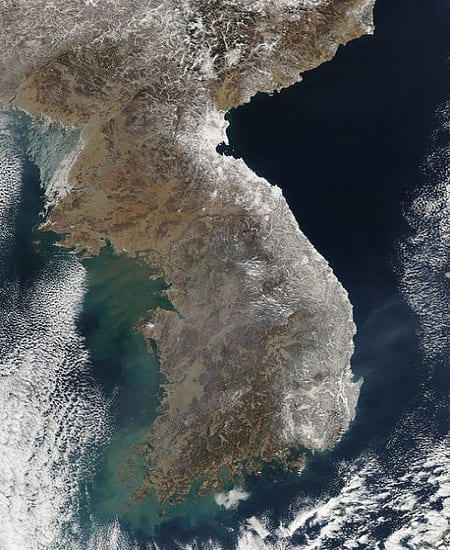Category: Insights & Opinions
As a research institute, the Sigur Center for Asian Studies encourages engagement and discussion on various academic and policy issues related to the study of Asia. In the spirit of open dialogue and exchange, the Sigur Center provides students, professors, scholars, and professionals with a platform to hold civil and mature discourse by publishing occasional entries on its Asia on E Street Blog. The following are intellectual contributions from our current and former visiting scholars in the form of case studies, excerpts, or a summary of their research.
Featured entries could be on an array of topics such as – but not limited to – contemporary politics, history, economics, security, language, and art.
If you have an insight or opinion related to Asian studies, or if you conducted research for a course, publication, or profession that you would like to share with the Sigur Center community, contact us at gsigur@gwu.edu to see if the Sigur Center could feature your work.

